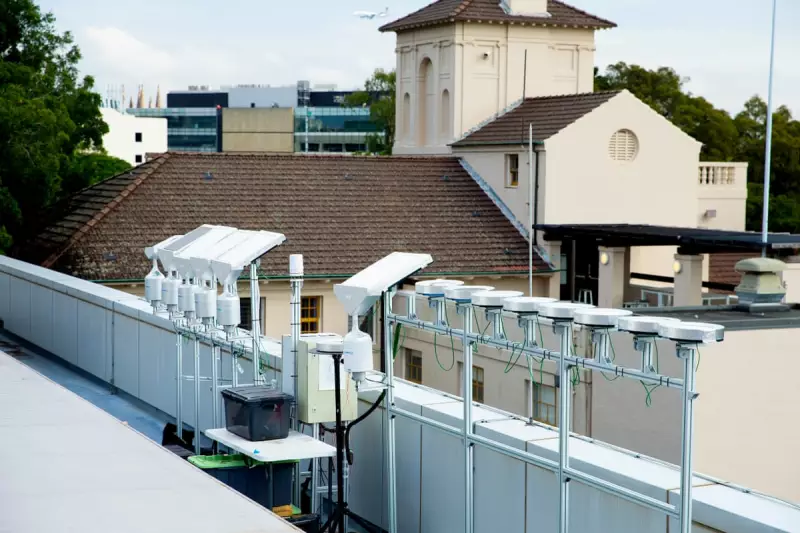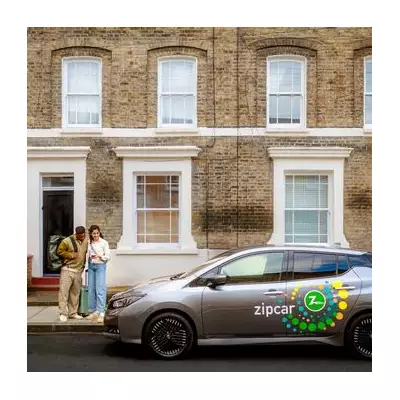
In a breakthrough that could revolutionise how we keep our buildings cool during scorching summers, researchers have developed a remarkable roof coating that significantly reduces indoor temperatures without consuming any electricity.
The Science Behind the Cool
The innovative coating, which applies like ordinary paint, works through a clever combination of advanced materials that reflect sunlight and actively radiate heat away from buildings. During rigorous testing, treated surfaces maintained temperatures up to 12°C cooler than conventional roofs on hot days.
How This Changes the Game for Homeowners and Cities
This technology arrives at a critical moment as climate change intensifies heatwaves across the UK. The coating offers multiple compelling benefits:
- Substantial energy savings: Drastically reduces the need for air conditioning
- Enhanced comfort: Creates more liveable spaces during extreme heat
- Urban heat island mitigation: Helps cool entire cities when applied widely
- Easy application: Can be brushed or sprayed onto existing roofs
A Sustainable Solution for Rising Temperatures
Unlike energy-intensive cooling systems, this passive technology requires no power to function. The research team emphasised that widespread adoption could significantly reduce peak electricity demand during heatwaves, preventing strain on the National Grid.
"This isn't just about comfort—it's about resilience," explained the lead researcher. "As temperatures continue to rise, accessible technologies like this will be crucial for protecting vulnerable populations and reducing energy poverty."
What's Next for the Technology?
The development team is now working with manufacturers to bring the coating to market within the next two years. Early estimates suggest it could be competitively priced with premium conventional roof coatings, making it an accessible option for both new construction and retrofitting existing buildings.
With heat-related building challenges becoming increasingly common across Britain, this innovation represents a promising step toward more sustainable and comfortable urban living in our warming world.





